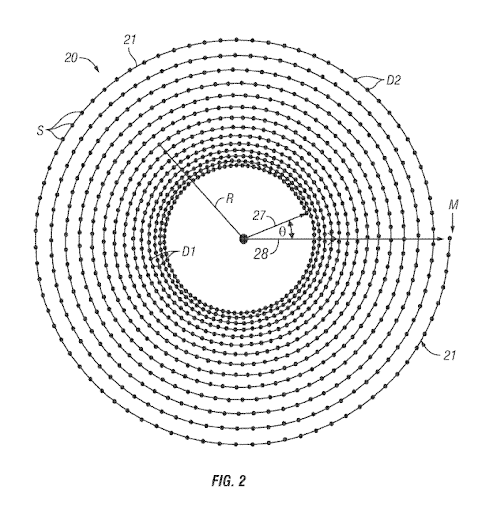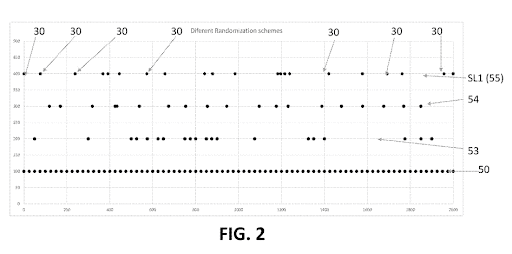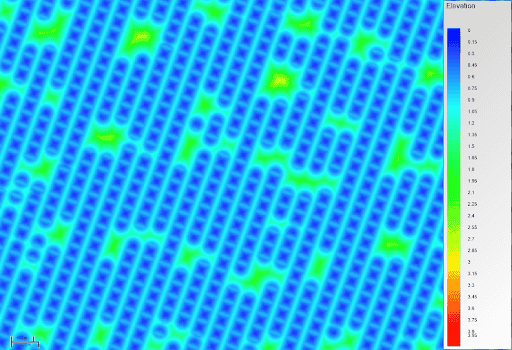From seabed stability to smarter survey design, ACTeQ’s patented technologies deliver efficient, high-resolution solutions that reduce risk, lower cost, and improve decision-making.
Patent Pending: US Provision Application No. 63/598,154
Uses stationary Ocean Bottom Nodes (OBN) for ultra-high-resolution imaging.
Benefits:
US Provision Application No. 63/598,154

US Patent No. 20230184978 A1
Optimizes survey geometry using spiral shot patterns with variable density.
Benefits:
Combines dense AOI coverage with sparse FWI halo for lower cost
Smooth transition between survey zones—avoids oversampling/undersampling
Cuts shooting time by ~50% vs. traditional straight-line acquisition
Enables high-resolution imaging & robust FWI without extra crews
US Patent No. 20230184978 A1

Patent No. 11709285 B1
Enhances data acquisition through randomized survey line sampling.
Benefits:
Reduces total shots and receivers without losing data quality
Uses random spacing instead of removing points on a grid
Lowers aliasing and improves 5D interpolation
Offers flexible, efficient survey designs for high-res imaging
Available at a discount for TesserACT users
US Patent No. 11709285 B1

Open Source — Available by Permission
Redefines survey design quality for 5D interpolation environments.
Benefits:
Identifies when the Fresnel zone is sufficiently sampled
Surpasses outdated metrics like fold and offset
Improves predictability of 5D reconstruction performance
Enables clearer comparisons of survey designs
Built for use with modern workflows like FWI & CS
Open Source — Available by Permission
